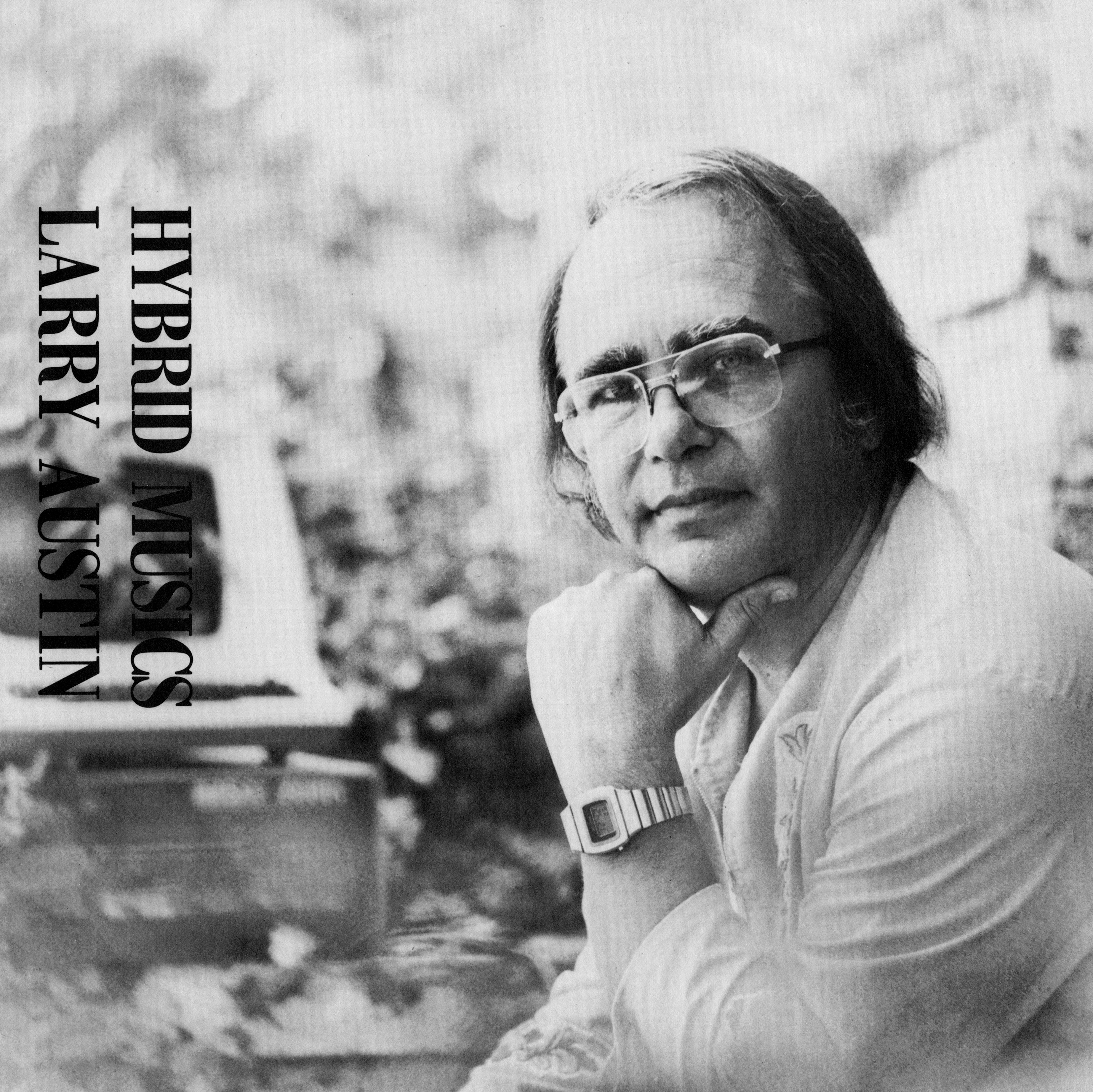Larry Austin: Hybrid Musics

Starts shipping out the week of August 28.
Irida Associates U.S.A., an obscure and short-lived record label formed by composer-performer Jerry Hunt (1943–1993), offers a glimpse into the revelatory world of new music and composition in the artist’s native Third Coast. Based first in Dallas and later in Hunt’s home outside the rural town of Canton, Texas, Irida presented the innovative and daring experiments—into aleatoric methods, environmental acoustics, improvisation, homemade technologies, and more—pursued by Hunt and his select collaborators, primarily working in or near Texas between 1979 and 1986. Irida’s brief and compact output—seven non-sequentially numbered LPs released in unknown quantities—shared work by artists whose practices often challenged the limitations of vinyl recording.
Originally reissued by Blank Forms as a set of seven LPs plus an eighty-two-page booklet, these seven LPs are now available individually.
Larry Austin (1930–2018), thirteen years Hunt’s senior, was a key interlocutor for the composer. The two met during Austin’s term as editorial director of the magazine Source: Music of the Avant Garde and both had studied music at the University of North Texas. Following stints at the University of California, Davis, and the University of South Florida, Austin returned to UNT as professor in 1976 and took over its electronic music studio, the Center for Electronic Music and Intermedia. When Hunt drifted away from official academia in the late ’70s, Austin served as an important institutional connection for him, helping him to book time with the university’s synthesizers and inviting him to perform on campus.
The “hybridity” of Hybrid Musics (IRIDA 0022, 1980) refers to Austin’s syncretic approach to composition: electronic and acoustic sounds meld freely, while rigorous, structural techniques interplay with Austin’s intuitive and emotional approach to sound. “Quadrants: Event/Complex No. 1” for symphonic wind ensemble and tape is the first in a series of compositions structured around a rhythmic pulse that systematically increases and then decreases, which Austin called a “tempo arc.” “Catalogo Voce” (the elegance of the Italian belies its literal translation, “item catalog”) juxtaposes the deep baritone of bel canto opera singer John Large with the otherworldly creak of a vocoder. Like many composers of his generation, Austin sustained a career-long interest in the work of Charles Ives, and in 1974 he set out to complete the late composer’s unfinished Universe Symphony (ca. 1911–28), a segment of which appears here. Austin also came across Ives’s sketches depicting the contours of rock formations while studying the composer’s papers, and was inspired to attempt this technique himself. This resulted in the score for “Maroon Bells,” a work named after two peaks in Colorado’s Elk Mountains composed for voice and tape that featured Jerry Hunt on prepared piano.